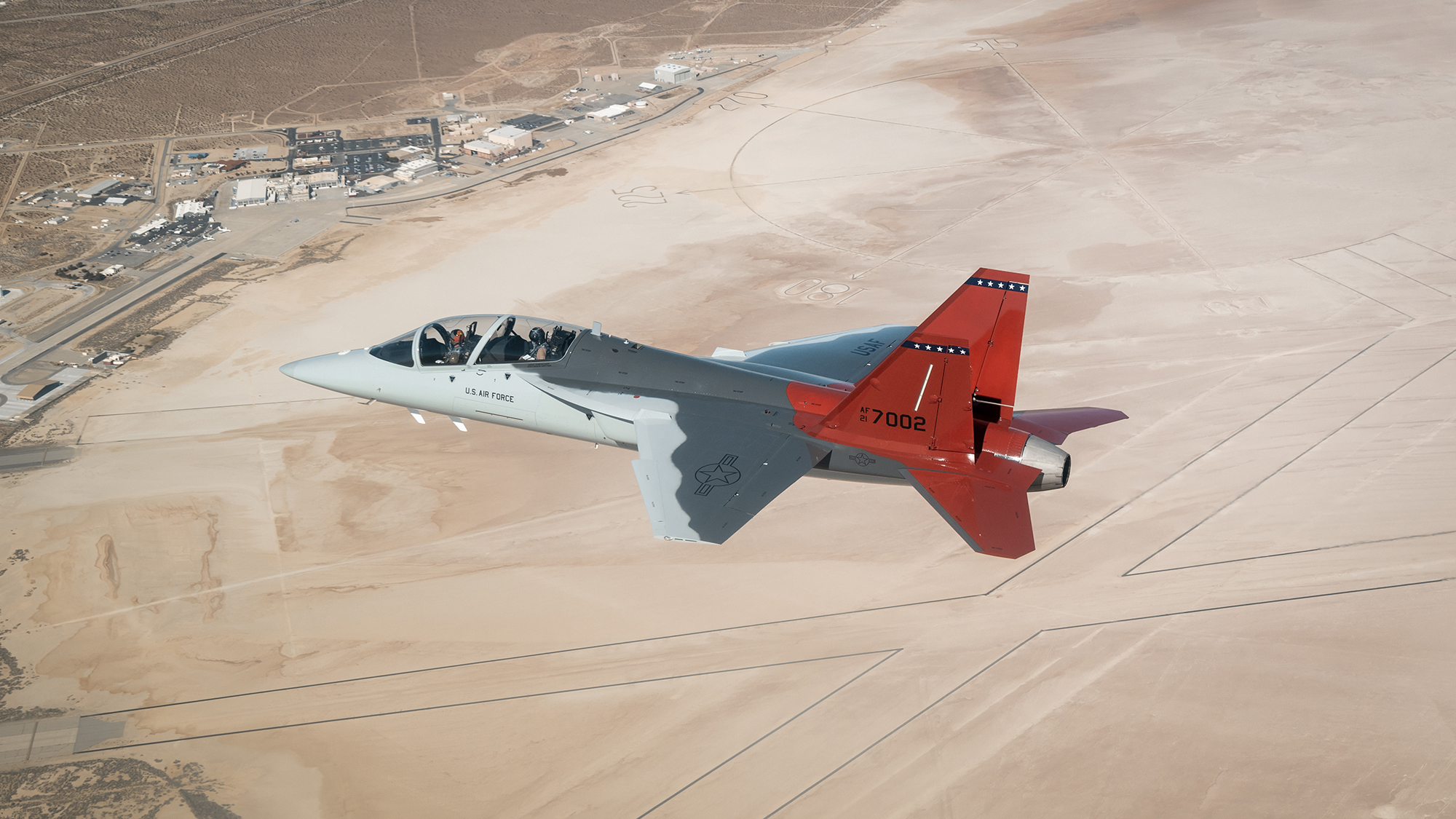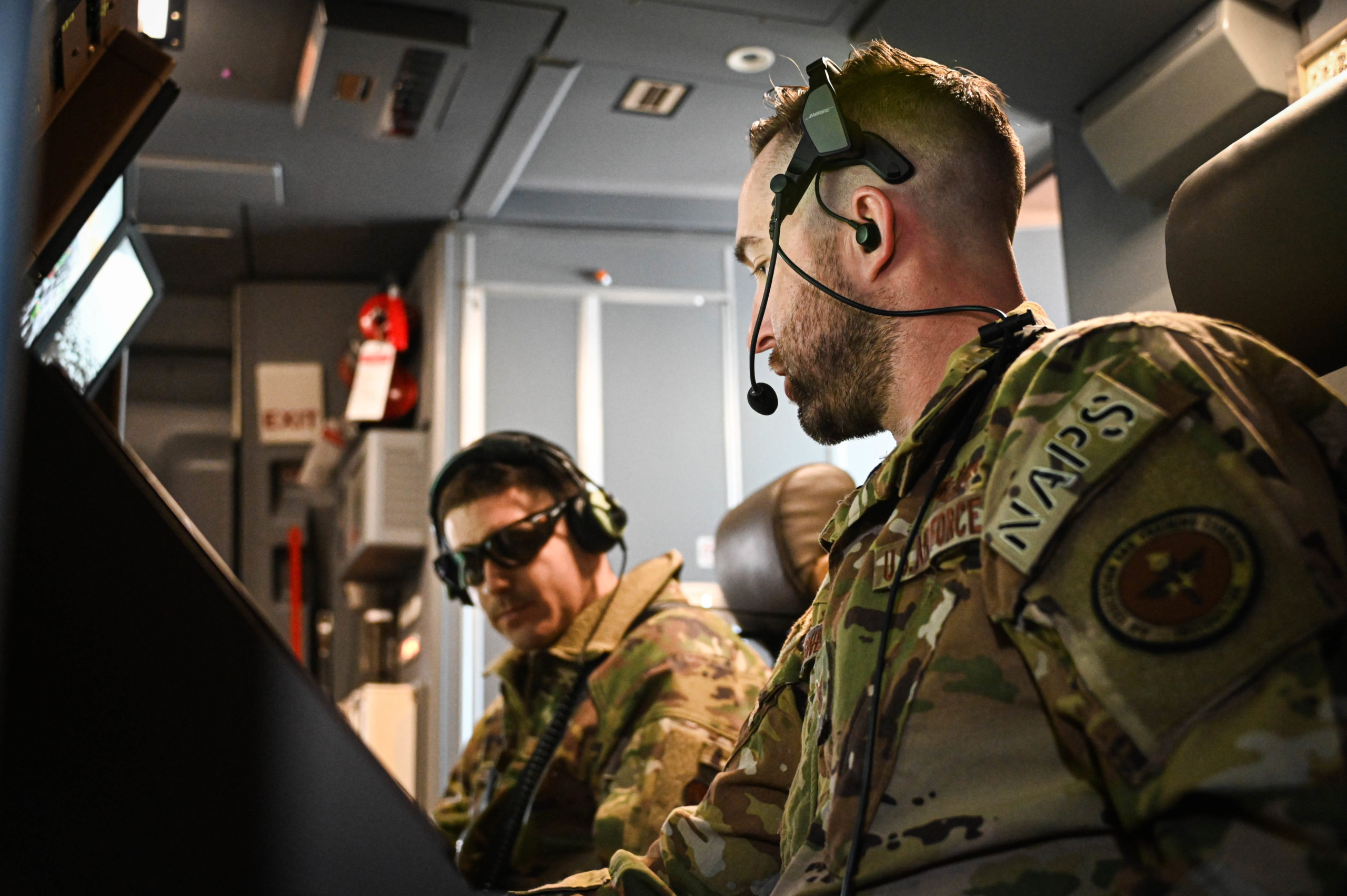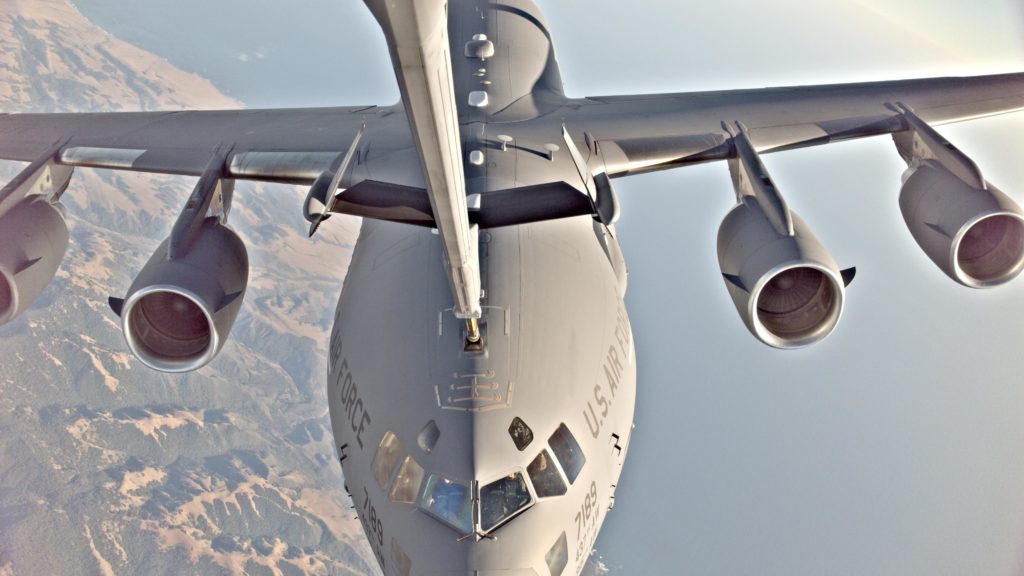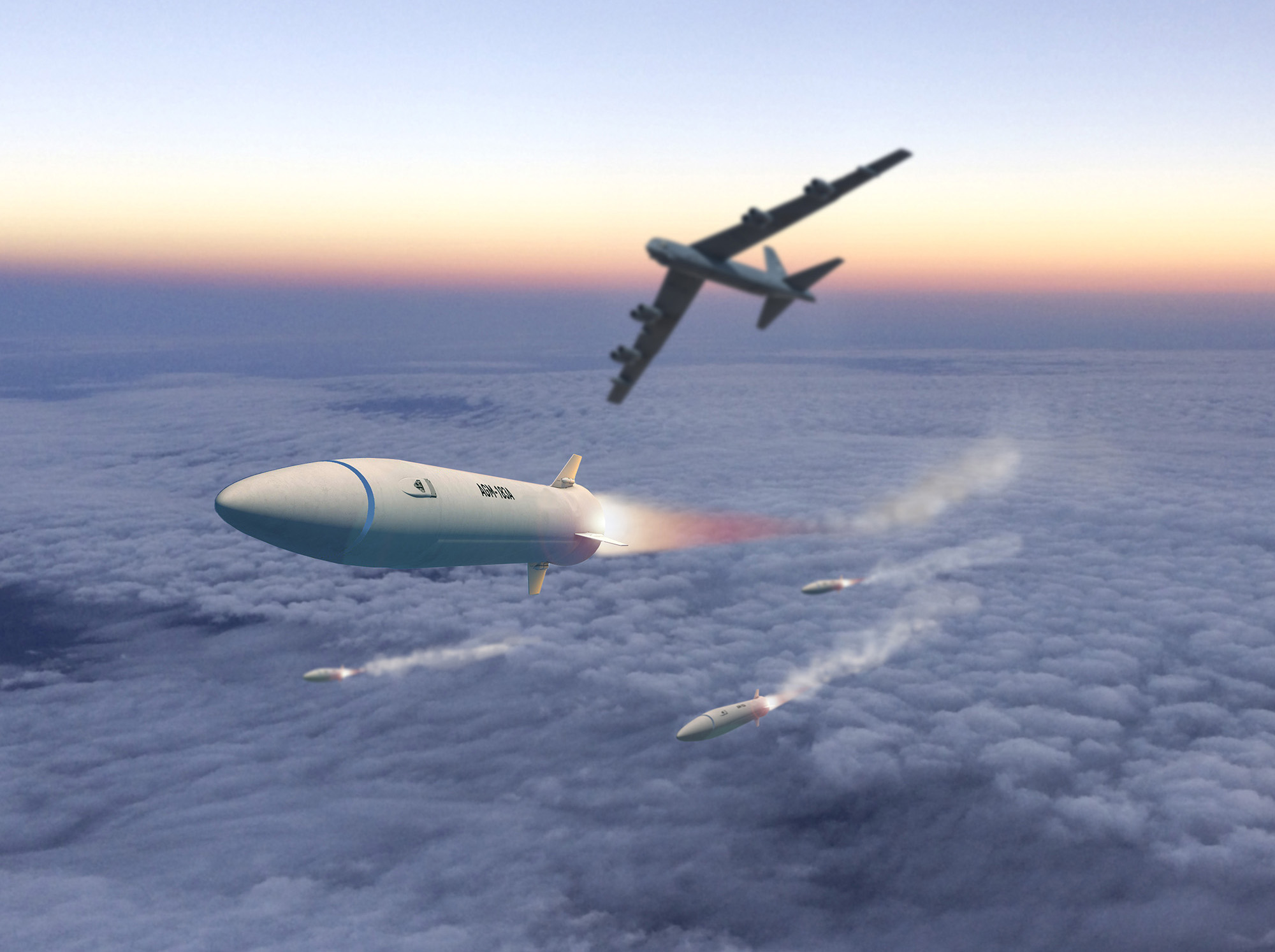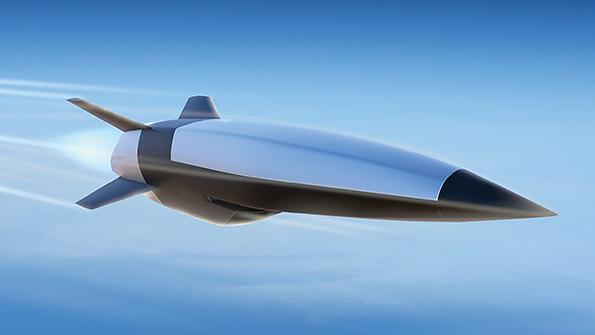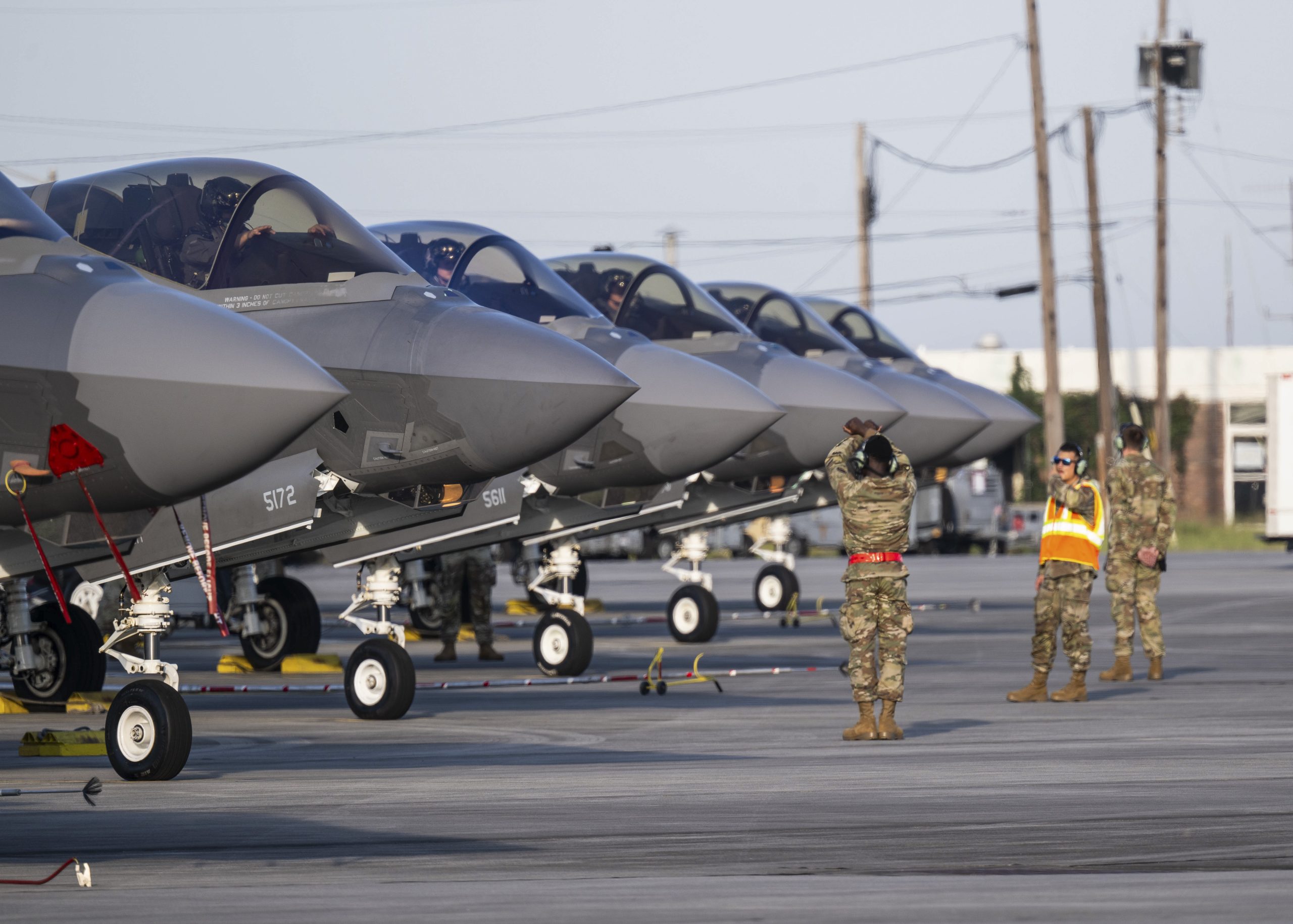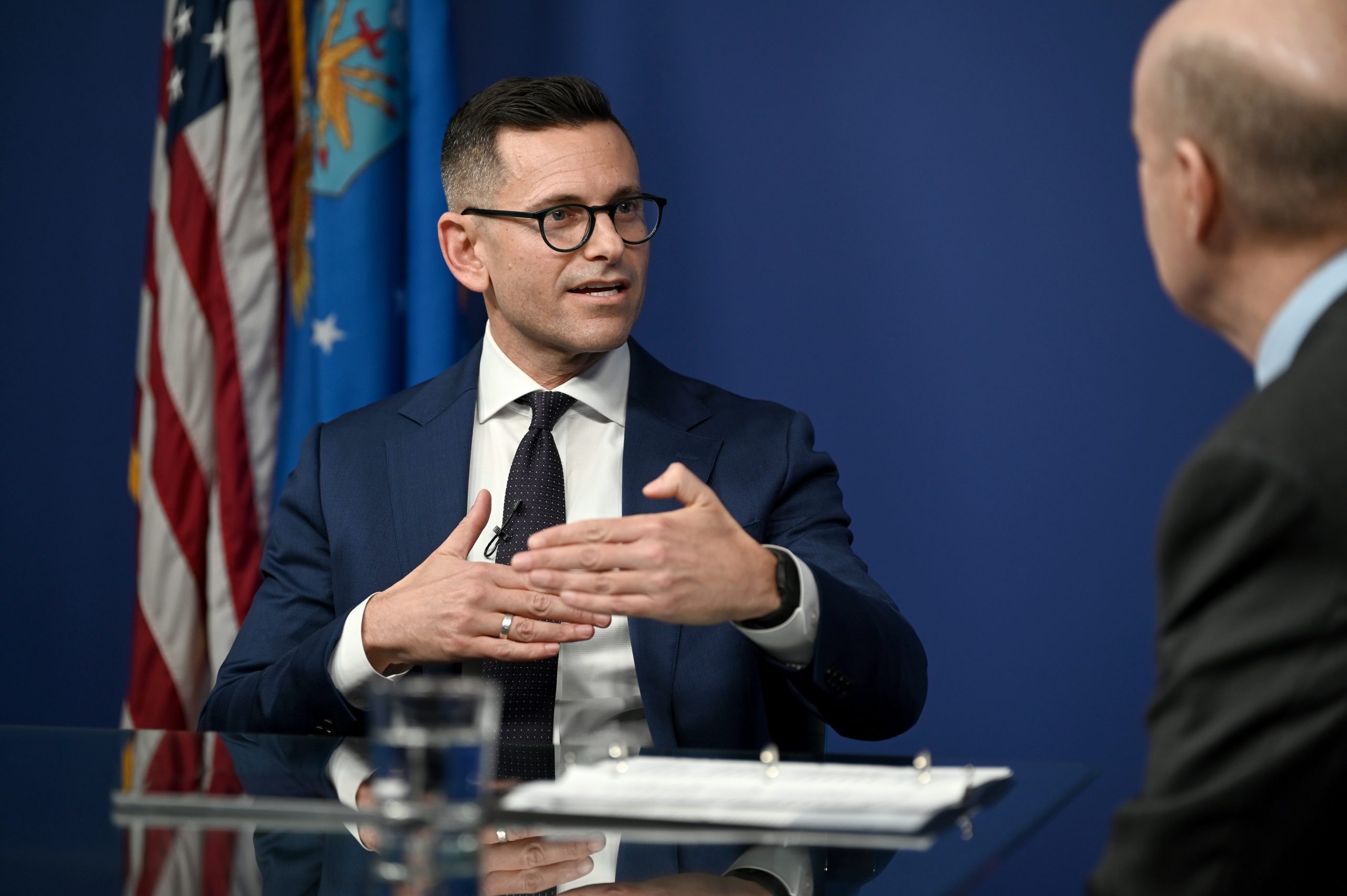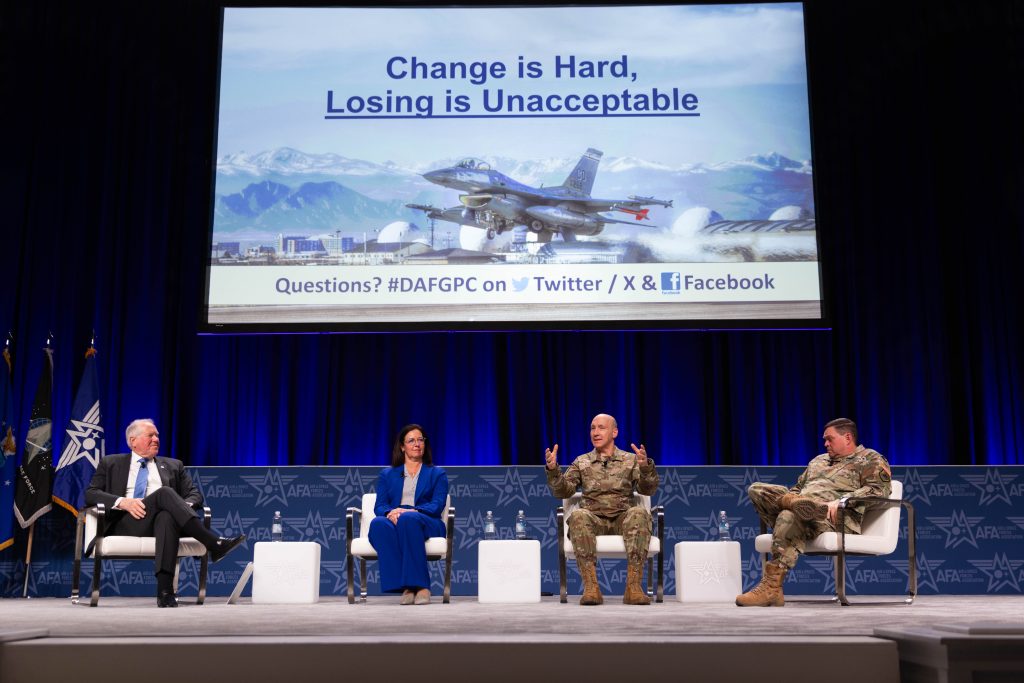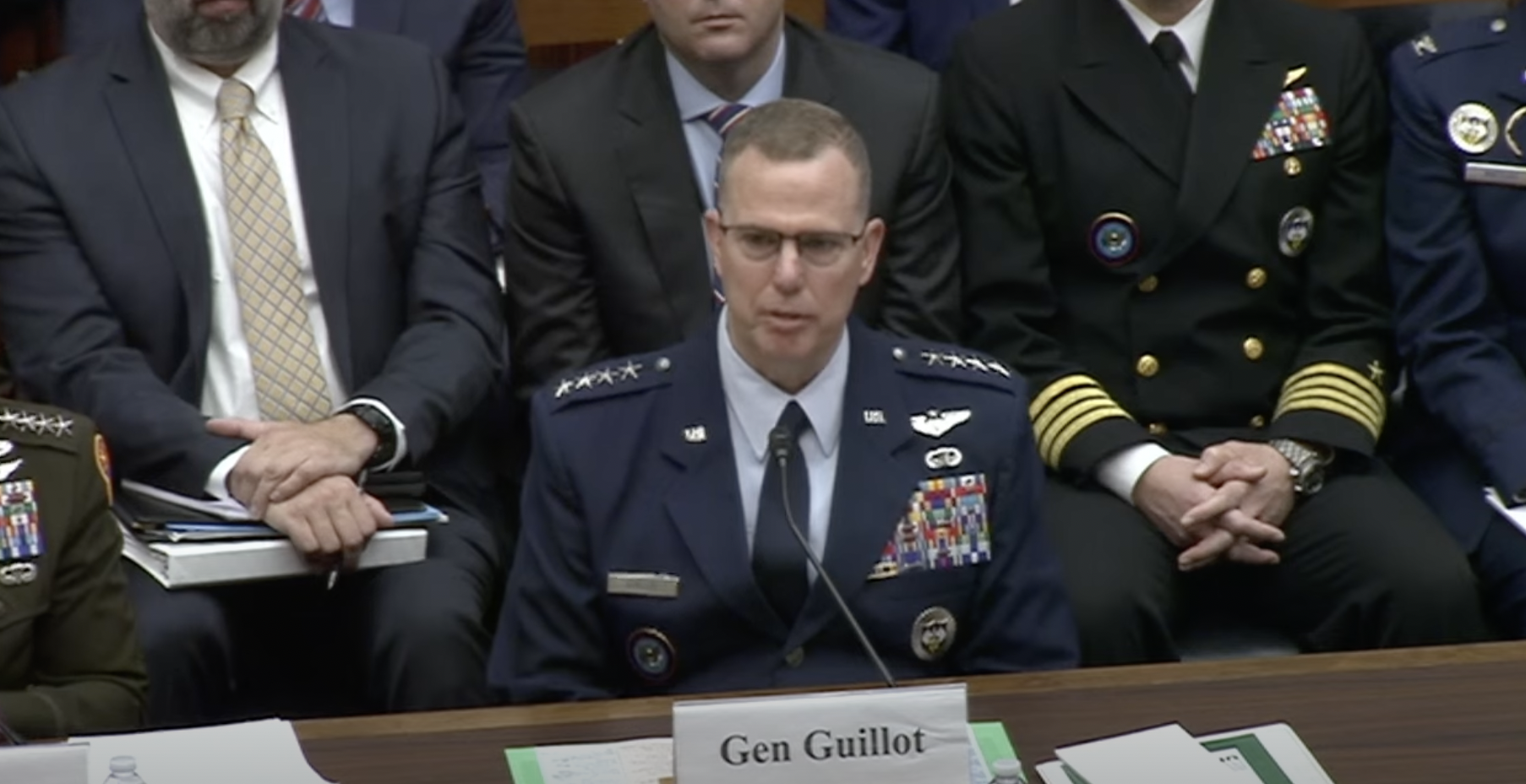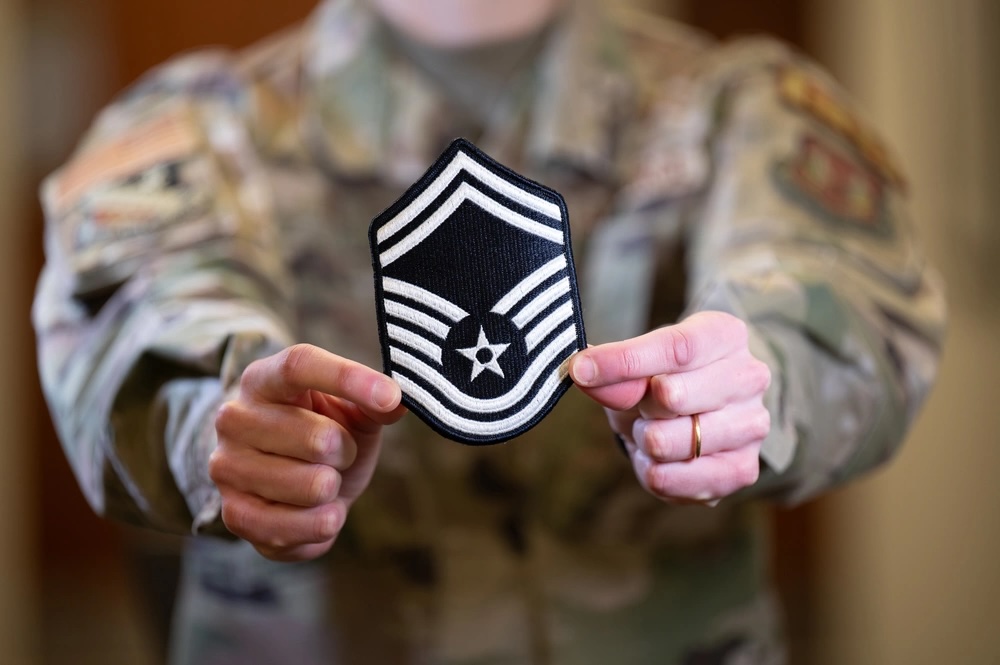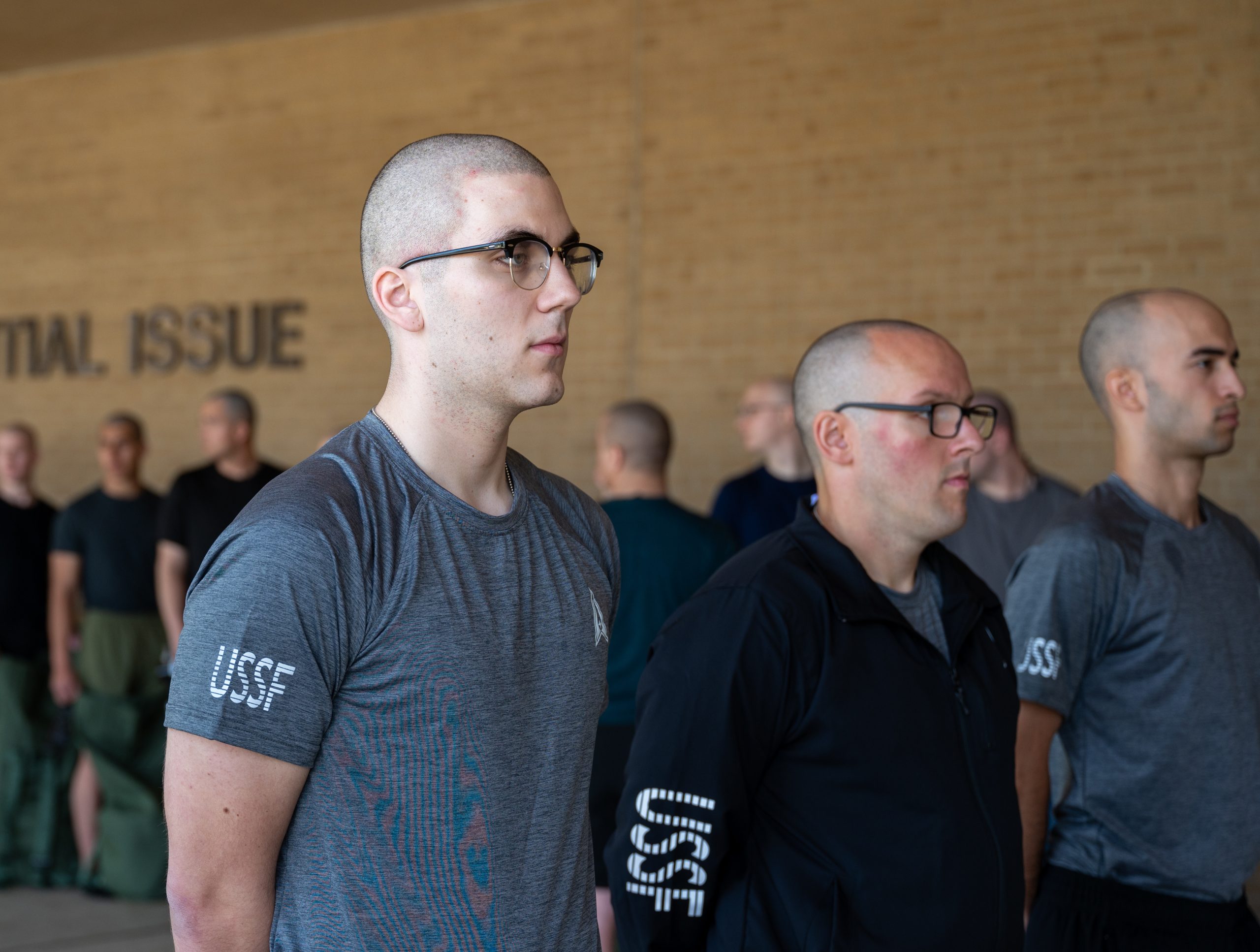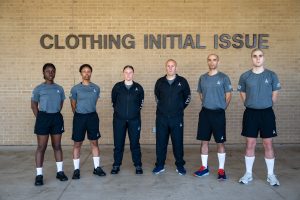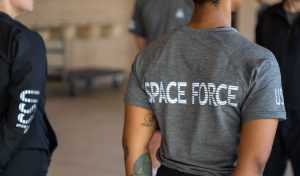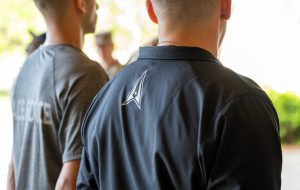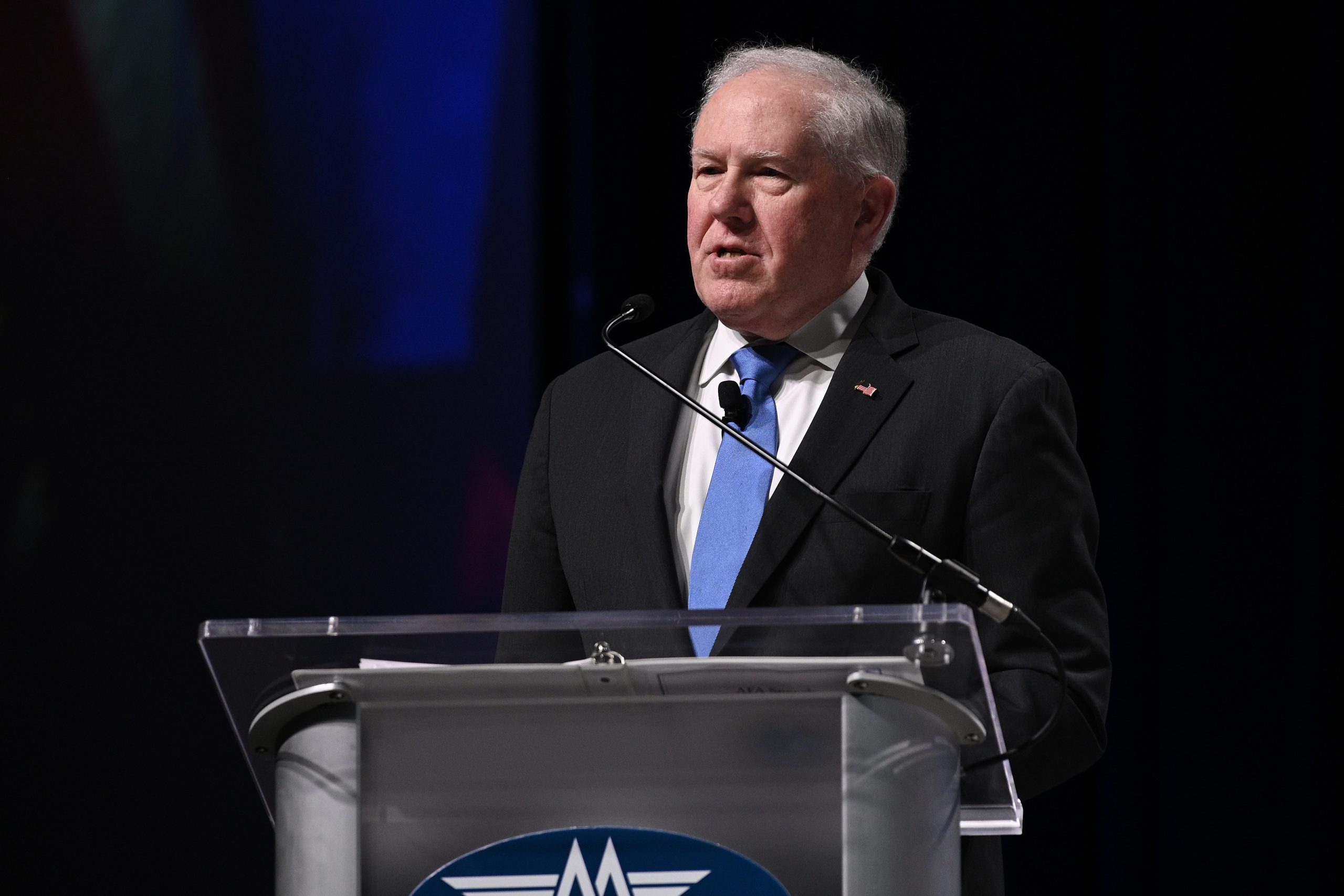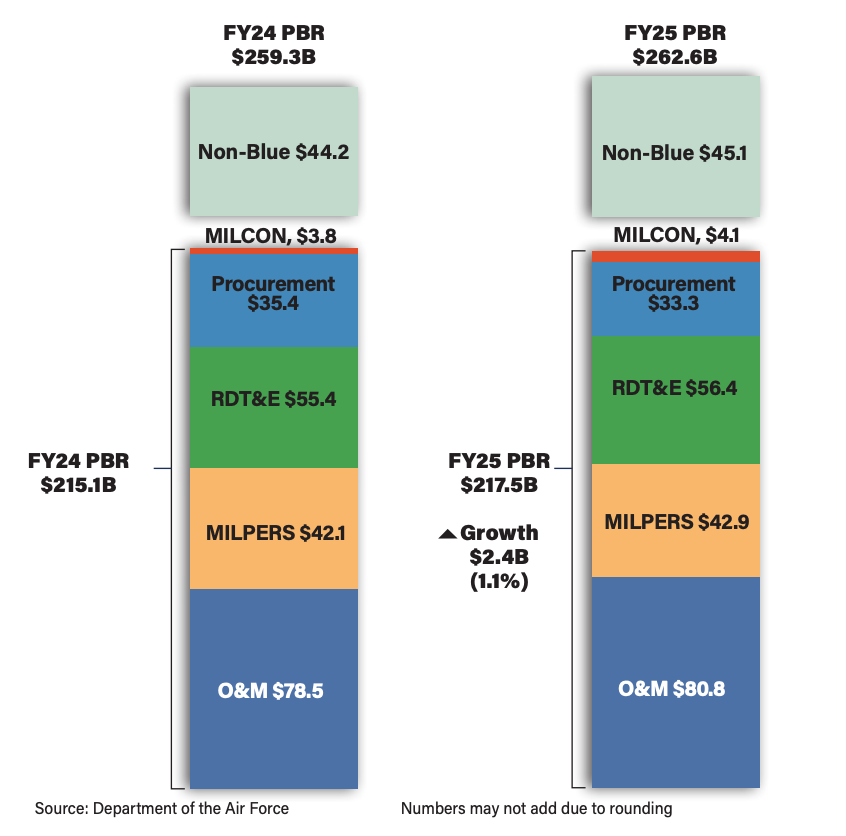The Air Force is poised to start buying production T-7A trainer jets in fiscal 2025, but at half the rate previously planned. Budget documents also revealed that the service is pushing back planned Initial Operational Capability (IOC) from 2027 to the second quarter of fiscal year 2028. IOC is generally when end users can start operating and maintaining new equipment.
The Air Force first awarded Boeing a contract for the T-7 in 2018 and rolled it out with fanfare in 2022. Air Force and Boeing officials hailed it as as a pathfinder for digital design. But issues with wing rock, ejection seats, faulty parts that have slowed the aircraft’s progress.
The original IOC for the T-7, which is supposed to replace the Air Force’s deteriorating fleet of aging T-38s, was 2024. Technical issues have delayed different milestones several times now.
In its fiscal 2024 budget proposal, the Air Force said its plan was to buy 14 jets in fiscal year 2025, on the way to a total buy of 351 jets. In its 2025 request, though, the service proposed buying seven jets in 2025, and a total buy of 346. The cut corresponds to a slight delay in the planned Milestone C decision for the program—which clears it to enter low-rate initial production—from the second quarter of 2025 to the third quarter.
Production is now slated to ramp up to 23 aircraft each in 2026 and 2027, followed by 36 apiece in 2028 and 2029.
The slight dip in total inventory corresponds with a slightly lower cost-per-aircraft. The fiscal 2024 estimate was $21.78 million per aircraft, while the fiscal 2025 estimate is $19.72 million per aircraft.
However, the delay in IOC is likely to slow Air Force efforts to address its pilot shortage, which has persisted for years.
Part of the problem, officials have said, is the aging T-38 fleet, which Air Force Secretary Frank Kendall said is slowing the service’s pilot production pipeline.
“The problem is the pipeline to produce,” he said March 7 at the McAleese defense programs conference. “And the biggest impediment in that is the T-38, and its reliability.” The T-38 is old, its engines are getting hard to repair, and the Air Force is “waiting for the T-7 to come online and replace it.”
In August 2023, 19th Air Force commander Maj. Gen. Clark Quinn said more than 900 Airmen were stuck waiting to enter the pilot training pipeline. More than 200 had been waiting more than nine months for training cockpits to become available.
“The mission capable rates of the T-38 are not good,” Quinn said, noting that engine problems have forced the 19th Air Force to limit flying hours—and, in turn, prevented it from reaching its goal of producing 1,500 pilots per year.
The Air Force currently owns at least two prototype T-7s, one of which is undergoing developmental flight testing at Edwards Air Force Base, Calif., while the other just wrapped up climate testing at Eglin Air Force Base, Fla.
Boeing and Air Force officials told reporters in September that another T-7 will join the first at Edwards, while a fourth and fifth were due later in 2023. A Boeing spokesperson confirmed that a third T-7 prototype was delivered at the end of 2023, and the fourth and fifth will be delivered “very soon.”
